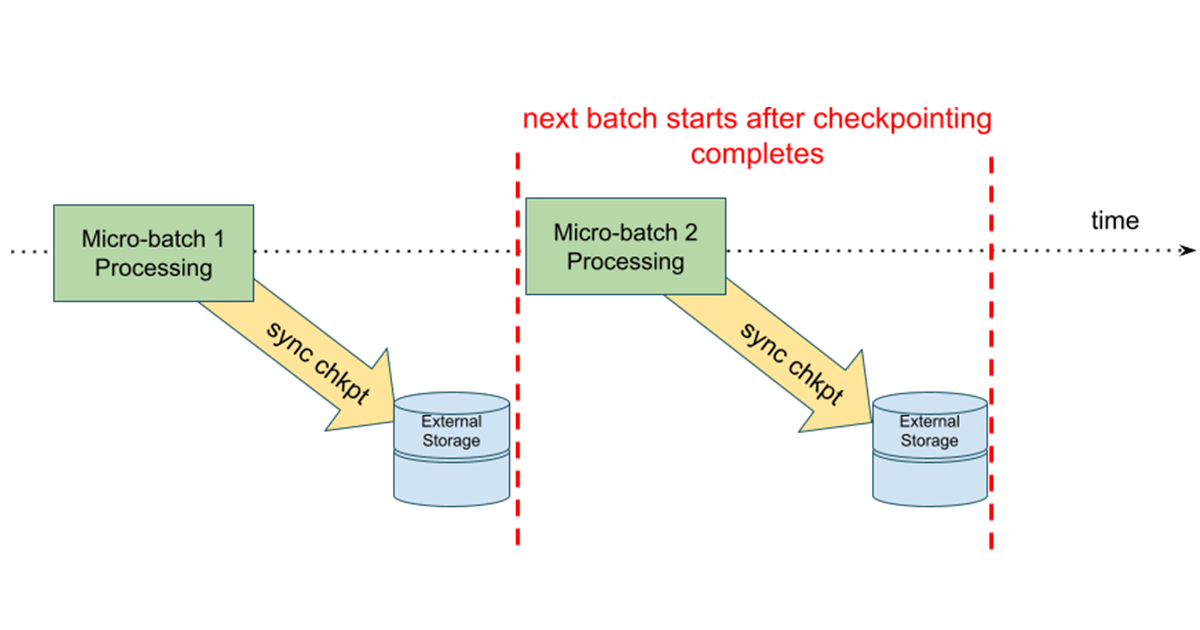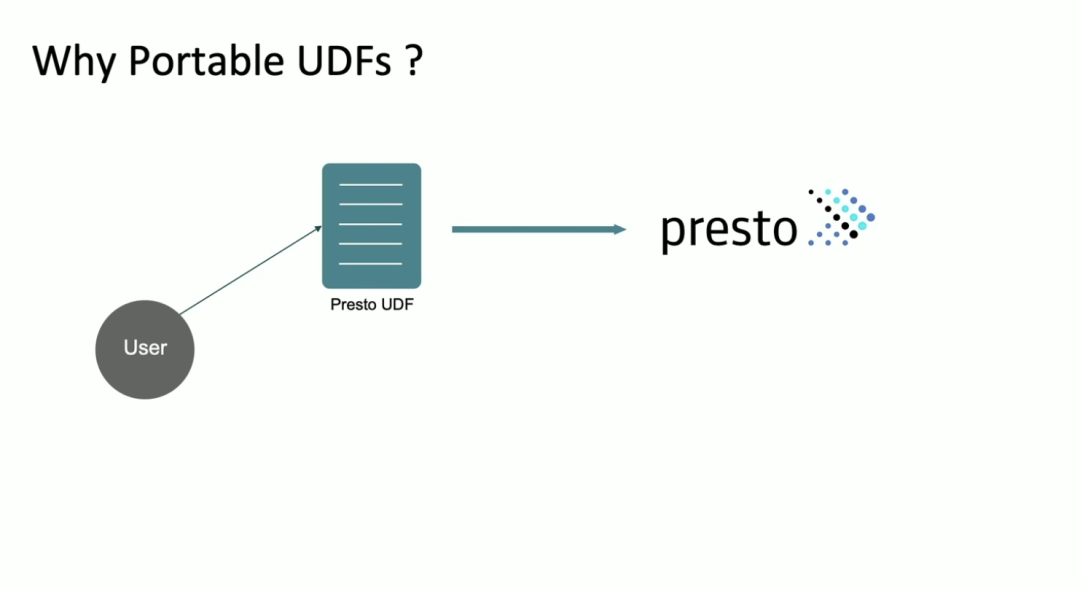将多个RDD中同一个Key对应的Value组合到一起。
函数原型
def cogroup[W1, W2, W3](other1: RDD[(K, W1)],
other2: RDD[(K, W2)], other3: RDD[(K, W3)], partitioner: Partitioner) :
RDD[(K, (Iterable[V], Iterable[W1], Iterable[W2], Iterable[W3]))]
def cogroup[W1, W2, W3](other1: RDD[(K, W1)],
other2: RDD[(K, W2)], other3: RDD[(K, W3)], numPartitions: Int) :
RDD[(K, (Iterable[V], Iterable[W1], Iterable[W2], Iterable[W3]))]
def cogroup[W1, W2, W3](other1: RDD[(K, W1)],
other2: RDD[(K, W2)], other3: RDD[(K, W3)])
: RDD[(K, (Iterable[V], Iterable[W1], Iterable[W2], Iterable[W3]))]
def cogroup[W1, W2](other1: RDD[(K, W1)], other2: RDD[(K, W2)],
partitioner: Partitioner)
: RDD[(K, (Iterable[V], Iterable[W1], Iterable[W2]))]
def cogroup[W1, W2](other1: RDD[(K, W1)], other2: RDD[(K, W2)],
numPartitions: Int)
: RDD[(K, (Iterable[V], Iterable[W1], Iterable[W2]))]
def cogroup[W1, W2](other1: RDD[(K, W1)], other2: RDD[(K, W2)])
: RDD[(K, (Iterable[V], Iterable[W1], Iterable[W2]))]
def cogroup[W](other: RDD[(K, W)], partitioner: Partitioner) :
RDD[(K, (Iterable[V], Iterable[W]))]
def cogroup[W](other: RDD[(K, W)], numPartitions: Int): RDD[(K, (Iterable[V], Iterable[W]))]
def cogroup[W](other: RDD[(K, W)]): RDD[(K, (Iterable[V], Iterable[W]))]
cogroup函数原型一共有九个(真多)!最多可以组合四个RDD。
实例
/**
* User: 过往记忆
* Date: 15-03-10
* Time: 下午06:30
* bolg:
* 本文地址:/archives/1280
* 过往记忆博客,专注于hadoop、hive、spark、shark、flume的技术博客,大量的干货
* 过往记忆博客微信公共帐号:iteblog_hadoop
*/
scala> val data1 = sc.parallelize(List((1, "www"), (2, "bbs")))
data1: org.apache.spark.rdd.RDD[(Int, String)] =
ParallelCollectionRDD[32] at parallelize at <console>:12
scala> val data2 = sc.parallelize(List((1, "iteblog"), (2, "iteblog"), (3, "very")))
data2: org.apache.spark.rdd.RDD[(Int, String)] =
ParallelCollectionRDD[33] at parallelize at <console>:12
scala> val data3 = sc.parallelize(List((1, "com"), (2, "com"), (3, "good")))
data3: org.apache.spark.rdd.RDD[(Int, String)] =
ParallelCollectionRDD[34] at parallelize at <console>:12
scala> val result = data1.cogroup(data2, data3)
result: org.apache.spark.rdd.RDD[(Int, (Iterable[String],
Iterable[String], Iterable[String]))] = MappedValuesRDD[38] at cogroup at <console>:18
scala> result.collect
res30: Array[(Int, (Iterable[String], Iterable[String], Iterable[String]))] =
Array((1,(CompactBuffer(www),CompactBuffer(iteblog),CompactBuffer(com))),
(2,(CompactBuffer(bbs),CompactBuffer(iteblog),CompactBuffer(com))),
(3,(CompactBuffer(),CompactBuffer(very),CompactBuffer(good))))
从上面的结果可以看到,data1中不存在Key为3的元素(自然就不存在Value了),在组合的过程中将data1对应的位置设置为CompactBuffer()了,而不是去掉了。
本博客文章除特别声明,全部都是原创!原创文章版权归过往记忆大数据(过往记忆)所有,未经许可不得转载。
本文链接: 【Spark函数讲解:cogroup】(https://www.iteblog.com/archives/1280.html)









